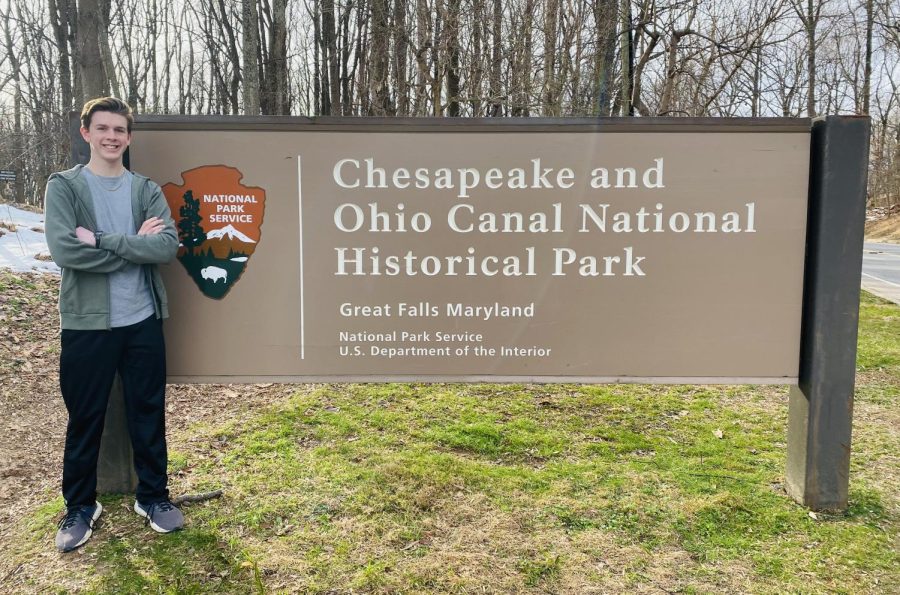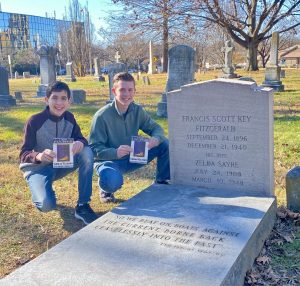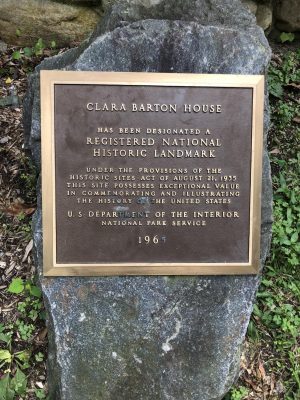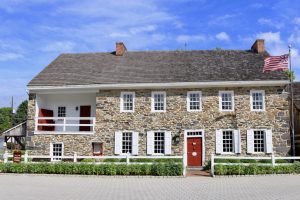Gems in the shadows: Gold Mine Loop
The Gold Mine Loop offers hikers spectacular views while they immerse themselves in nature and history.
We are lucky to live in a region rich with history, artifacts, monuments and stories that helped shape our area and our nation. However, many of these gems are hidden in the shadows of larger, more popular attractions, waiting to be explored. One such place is the Gold Mine Loop, located in the shadows of the more popular Billy Goat Trail.
Where Falls Road intersects with MacArthur Boulevard in Potomac, you will find a sign for the Chesapeake and Ohio Canal National Historical Park. Walk behind the left side of the sign, and an open path invites you to venture past some trees, wildlife and the Maryland Mine: a processing mill built in 1890 that extracted gold from quartz until it was abandoned in 1940.
Although surrounded by a chain link fence, the remains of this mill can easily be appreciated at a distance. To aid visitors in understanding this site, informative displays explaining the area’s rich history are stationed in front of it.
What is today visited by Maryland residents and tourists alike, the land currently managed by the Chesapeake & Ohio Canal National Historical Park was once occupied by Union soldiers. These soldiers were allegedly tasked with upholding the responsibility of ensuring that Confederate forces did not cross the Potomac River in 1861.
During this time, one soldier was able to successfully identify a miniscule amount of gold in a rock along the land. While there is some discrepancy with regard to the name of this Union soldier, his discovery sparked a small-scale gold rush in Montgomery County after the Civil War had come to an end in 1865.
Despite the influx of people willing to risk it all in an attempt to strike it rich, the process of searching for gold in Montgomery County did not turn out to be nearly as lucrative as in other parts of the country. The original soldier who purchased this land was only able to accumulate a total of 11 ounces of gold, significantly less than that of miners in California, who comparatively discovered 1,750 pounds of gold.
One of my favorite aspects of the Gold Mine Loop is that there are many spurs off the path, such as the Overlook Spur and the Lock 19 Spur, which provide stunning, panoramic views of the Potomac River and lead to places like Olmstead Island and Great Falls: a breathtaking waterfall that looks as if it belongs more in Colorado or Utah than in our own backyards. An overlook at the end of the wooden walkway on the island provides visitors with a spectacular view of the rushing water below, and an opportunity to capture photos with friends and loved ones.
Hikers will also have the opportunity to walk the same paths where wooden rails for trolley cars once ran in the early 1900s. Fully operational in 1913, the Washington and Great Falls Railway and Power Company’s track connected the area that is now the Congressional Country Club to the Maryland side of Great Falls. Shut down in February of 1921, only a large ditch along the Gold Mine Loop remains to mark the spot where, a century ago, nature enthusiasts traveled by trolley to enjoy the same natural surroundings we enjoy today.
While there is an exceedingly low chance hikers will find any gold along the Gold Mine Loop while visiting, they can expect to find themselves enjoying some beautiful scenery and walking the same paths soldiers from the Civil War did.
Your donation will support the student journalists of Thomas S. Wootton High School. Your contribution will allow us to purchase equipment and cover our annual website hosting costs.
Joshua M. Freedman is a 2022 graduate.










![Junior Grace Song rewatches the trailer for Anora. Promoted as "A Love Story from Sean Baker," it is the eighth feature film under Baker's belt starring Mikey Madison in the titular role. "[Anora] accurately represents women overseen and easily taken advantage of. It emotionally enticed me. The ending is so good," Song said.](https://woottoncommonsense.com/wp-content/uploads/2024/11/Rc5RQTdjtUFtyT7IyQe1rSxkpOTc6NoksY8jtoop-e1732201365565-600x450.jpg)